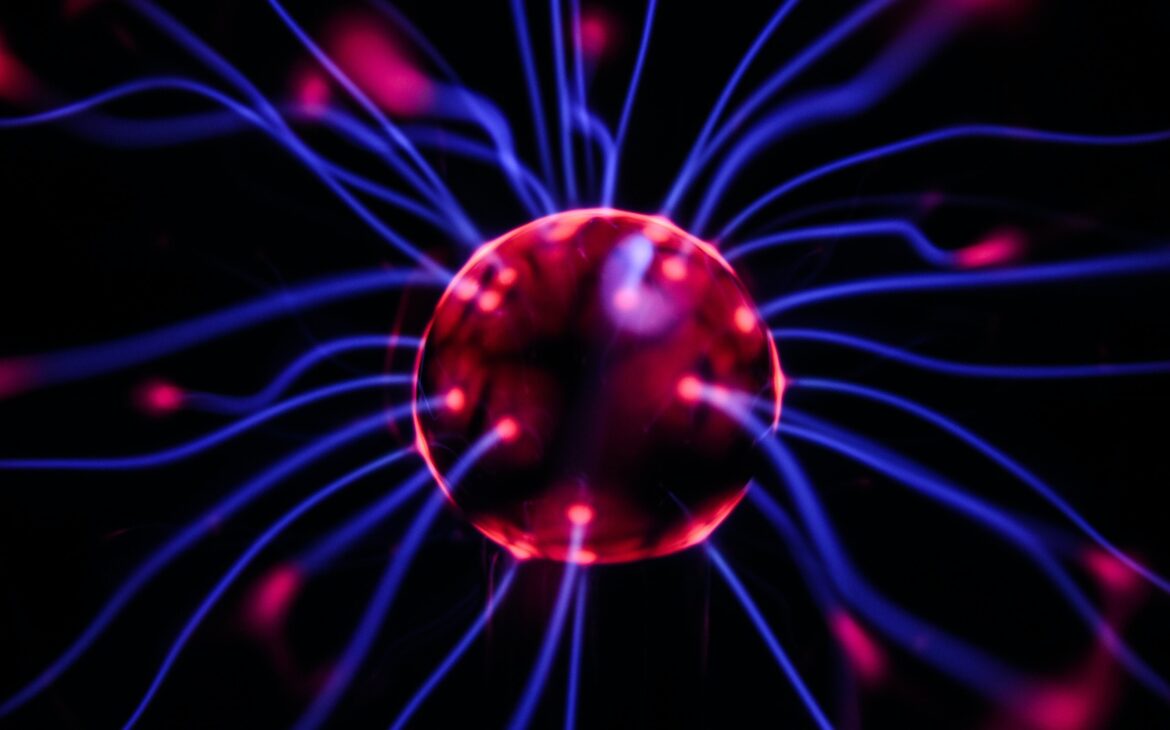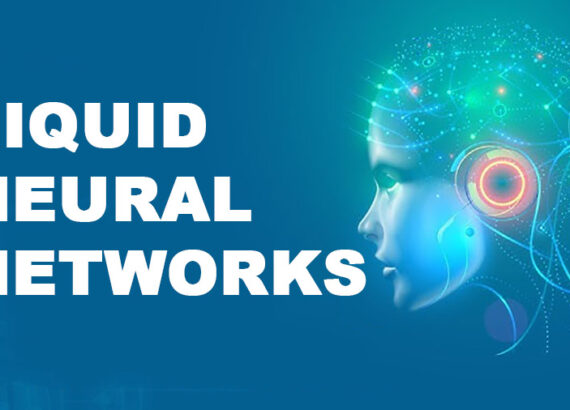The Future of Brain-Computer Interfaces: Exploring the Potential of Neural Link
The human brain (Neural link) is a complex and fascinating organ that has fascinated scientists and researchers for centuries. In recent years, advancements in technology have paved the way for a revolutionary field known as Brain-Computer Interfaces (BCIs). BCIs are devices that establish a direct communication pathway between the brain and an external device, allowing individuals to control and interact with technology using only their thoughts. This remarkable technology holds immense potential, not only in healthcare but also in various other domains.
In this article, we will explore the evolution of neural link technology, current applications and limitations of BCIs, advancements in the field, potential impact on healthcare, ethical considerations, challenges, and the future directions of neural link research.
Discover the exciting possibilities of brain-computer interfaces (BCIs) in this thought-provoking article. Explore the future advancements and potential applications of BCIs, from enhancing communication and controlling devices to revolutionizing healthcare and gaming. Dive into the fascinating world of neurotechnology and envision a future where our minds seamlessly interact with technology.

1. Introduction to Brain-Computer Interfaces (BCIs)
What are Brain-Computer Interfaces?
Brain-computer interfaces, or BCIs for short, are cutting-edge technologies that bridge the gap between the human brain and computers. They enable direct communication and interaction between the brain and external devices, without the need for traditional input methods like keyboards or touchscreens. In essence, BCIs allow us to control machines using only the power of our thoughts.
Brief History of BCIs
The concept of BCIs might seem like something out of a science fiction movie, but the idea has been around for several decades. The first experiments in this field can be traced back to the 1970s when researchers explored ways to connect the brain with computers using invasive techniques. However, it wasn’t until the 1990s that non-invasive BCIs started gaining traction, paving the way for exciting advancements in the field.
2. Evolution of Neural Link Technology
Early Developments in Neural Link Technology
Early developments in neural link technology laid the foundation for modern BCIs. Researchers experimented with electroencephalography (EEG) to record brain activity and identify patterns associated with specific commands or intentions. These early breakthroughs paved the way for more sophisticated techniques and devices.
Breakthroughs and Milestones in BCI Research
Over the years, BCI research has witnessed significant breakthroughs and milestones. Scientists have developed algorithms that can decode brain signals with impressive accuracy and speed, enabling more seamless communication between the brain and machines. Additionally, advancements in neuroimaging techniques, such as functional magnetic resonance imaging (fMRI), have expanded the possibilities of BCIs.
Current State of Neural Link Technology
Today, neural link technology has come a long way. While there are still many challenges to overcome, BCIs have already found practical applications in various fields. From assisting individuals with disabilities to enhancing human capabilities, BCIs hold immense potential for the future.
3. Current Applications and Limitations of BCIs
Medical Applications of BCIs
BCIs have made significant contributions to the medical field. They offer new possibilities for individuals with paralysis or motor disabilities, allowing them to regain independence and control over their lives. BCI-driven prosthetics, neurorehabilitation, and even the potential for restoring sight or hearing are some of the exciting areas where BCIs are being explored.
Assistive Technologies and BCIs
BCIs have also paved the way for groundbreaking assistive technologies. From mind-controlled wheelchairs to communication devices for individuals with locked-in syndrome, BCIs have the potential to revolutionize the lives of those with physical limitations. These technologies offer individuals the ability to interact with the world around them in ways they never thought possible.
Limitations and Challenges of Current BCIs
While BCIs show great promise, there are still limitations and challenges to address. One major hurdle is the need for high-quality neural recordings, which can be affected by factors like signal noise and electrode placement. Moreover, BCIs often require cumbersome equipment and extensive calibration, making their everyday use less practical. Nonetheless, ongoing research aims to overcome these obstacles and bring BCIs closer to mainstream adoption.
4. Advancements in Neural Link Technology
Enhanced Accuracy and Precision in BCI Systems
Advancements in neural link technology are focused on improving the accuracy and precision of BCI systems. Researchers are developing more sophisticated algorithms and machine learning techniques to better interpret brain signals, leading to more reliable and efficient communication between the brain and external devices.
Miniaturization and Implantable BCIs
Miniaturization is a key area of advancement in BCIs, aiming to make the technology more accessible and user-friendly. Efforts are underway to develop smaller, implantable BCIs that can be seamlessly integrated with the human body. These implantable devices hold the potential to enhance our cognitive abilities and revolutionize the way we interact with technology.
Novel Interfaces and Integrations
The future of BCIs also lies in exploring novel interfaces and integrations. Researchers are exploring innovative approaches, such as using nanotechnology to create brain-machine interfaces on a microscopic scale. Furthermore, the integration of BCIs with other emerging technologies like virtual reality and augmented reality opens up new frontiers for human-computer interaction.
The future of brain-computer interfaces is bright, with the potential to unlock extraordinary possibilities. As technology evolves, we can look forward to a world where our thoughts seamlessly shape our interactions with machines, bringing us one step closer to a new era of human potential and discovery.

5. Potential Impact of BCIs on Healthcare
Revolutionizing Diagnosis and Treatment
Imagine a future where doctors can diagnose medical conditions with remarkable accuracy just by analyzing brain activity. Brain-computer interfaces (BCIs) have the potential to revolutionize healthcare by enabling us to better understand the inner workings of the brain. With BCIs, doctors can potentially detect signs of neurological disorders, mental health conditions, and even cognitive decline at their earliest stages. This early detection can lead to more effective treatments and improved outcomes for patients.
Rehabilitation and Neurorecovery using BCIs
BCIs offer a ray of hope for individuals who have experienced neurological damage or have lost control of their limbs due to conditions such as spinal cord injuries or stroke. By bypassing damaged neural pathways, BCIs can help these individuals regain control over their bodies. With the help of neural link technology, patients can learn to move prosthetic limbs with their thoughts or even restore movement to their paralyzed limbs. This potential breakthrough could significantly improve the quality of life for millions of people.
Brain-Computer Interfaces in Neuroprosthetics
Neuroprosthetics, or brain-controlled prosthetic devices, have already made significant strides in recent years. BCIs open up a world of possibilities for individuals with limb loss or congenital limb deficiencies. With advancements in neural link technology, prosthetic limbs can become more intuitive and responsive, allowing users to perform complex actions that were previously unimaginable. The seamless integration of robotic limbs with the human body is no longer restricted to science fiction, and BCIs are at the forefront of making this a reality.
6. Ethical Considerations and Privacy Concerns
Ensuring Informed Consent and User Autonomy
As BCIs continue to evolve, it becomes increasingly important to prioritize informed consent and respect user autonomy. It is crucial for individuals to understand the potential risks and benefits of using BCIs and have the freedom to make their own choices regarding their neural data and participation in research. Ensuring robust ethical guidelines and proper consent processes will be instrumental in building trust and protecting the rights of individuals.
Ethical Implications of Neural Data Collection
The collection and use of neural data raise important ethical questions. How can we safeguard the privacy and security of this sensitive information? Who should have access to it, and for what purposes? Striking the right balance between advancing scientific knowledge and protecting personal privacy is a challenge that needs to be addressed as BCIs become more widespread. Ethical frameworks and regulations must be established to guide the responsible use of neural data.
Addressing Privacy and Security Risks
Like any technology that deals with personal data, BCIs come with inherent privacy and security risks. The potential for unauthorized access to neural data raises concerns about identity theft, surveillance, or even manipulation of thoughts and behaviours. Developers must prioritize the implementation of robust security measures to protect users’ privacy and ensure the integrity of their neural data. Safeguarding against potential risks is vital to instilling confidence in the widespread adoption of BCIs.
7. Challenges and Future Directions in Neural Link Research
Enhancing BCI Reliability and Robustness
Despite remarkable advancements, BCIs still face challenges in terms of reliability and precision. Improving the accuracy and consistency of neural signal interpretation is crucial for the widespread adoption of BCIs in various applications. Research efforts should focus on refining the technology to reduce errors, enhance signal quality, and ensure robust performance across diverse populations.
Deepening Understanding of Neural Signal Interpretation
To fully harness the potential of BCIs, we need a deeper understanding of how the brain processes and encodes information. Advancing our knowledge of neural signal interpretation will enable us to unlock new capabilities and develop more sophisticated applications. Collaborative interdisciplinary research involving neuroscientists, engineers, and computer scientists will be vital in unravelling the complexities of the brain and maximizing the potential of BCIs.
Expanding Applications and User-Friendly Interfaces
While BCIs hold immense promise, their current applications are still relatively limited. As research progresses, it is essential to explore and expand the potential use cases of BCIs beyond healthcare, such as education, entertainment, and communication. Additionally, developing user-friendly interfaces that are intuitive and accessible to a wide range of users will be crucial for the widespread adoption and acceptance of BCIs.
8. A Glimpse into the Future of BCIs
The future of brain-computer interfaces is filled with limitless possibilities. From revolutionizing healthcare to empowering individuals with disabilities, BCIs have the potential to transform lives in remarkable ways. However, ethical considerations, privacy concerns, and technological challenges must be addressed as BCIs continue to evolve. By navigating these hurdles and pushing the boundaries of neural link research, we can pave the way for a future where our brains seamlessly interface with technology, unlocking new frontiers of human potential. So, let’s embrace the thrilling and slightly futuristic world of BCIs and embark on this exciting journey together!
9. Conclusion
As we delve deeper into the realm of Brain-Computer Interfaces, it becomes evident that we are standing at the precipice of a remarkable transformation. The potential of BCIs to revolutionize healthcare, augment human capabilities, and improve the quality of life for individuals with disabilities is awe-inspiring. However, there are still challenges to overcome, such as the need for improved reliability, addressing ethical concerns, and expanding the range of applications. With continued research, development, and collaboration, the future of BCIs holds promise for unlocking the incredible power of the human mind and ushering in a new era of human-computer interaction.

FAQ
1. How do Brain-Computer Interfaces work?
Brain-computer interfaces (BCIs) work by translating neural activity into actionable commands for external devices. This is achieved through the use of various technologies, such as electroencephalography (EEG), invasive neural implants, or non-invasive techniques like functional near-infrared spectroscopy (fNIRS). These devices detect and interpret brain signals, allowing individuals to control computers, prosthetic limbs, or other assistive technologies using their thoughts.
2. What are the current limitations of BCIs?
While BCIs show immense potential, there are a few limitations to address. Currently, BCIs often require significant calibration and training, making them time-consuming to set up and use. The accuracy and reliability of signal interpretation can also be affected by factors like noise, signal attenuation, and individual variability. Additionally, many BCIs are limited in terms of the number of actions or commands they can interpret, which restricts their overall functionality.
3. Are there any ethical concerns regarding BCIs?
Yes, there are ethical concerns associated with BCIs. One major concern is ensuring informed consent and user autonomy, especially when it comes to invasive procedures or the collection and storage of neural data. The potential misuse or unauthorized access to neural data also raises privacy and security concerns. Additionally, there are ethical implications surrounding the potential use of BCIs for cognitive enhancement, as well as the potential for creating disparities between individuals with access to BCIs and those without.
4. What does the future hold for BCIs?
The future of BCIs is incredibly promising. Researchers are actively working on improving the reliability and accuracy of BCIs, developing more user-friendly interfaces, and expanding their range of applications. As technology advances, we may witness BCIs becoming more seamlessly integrated into our daily lives, enabling new possibilities in healthcare, communication, and human-computer interaction. However, further research, innovation, and collaboration among scientists, engineers, and ethicists are essential for realizing the full potential of BCIs.
Thank you for reading 🙂
If you want to build your website at an affordable price contact: www.nextr.in
Read this: Top 8 Apps Every Entrepreneur Needs


















